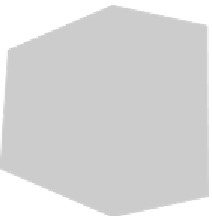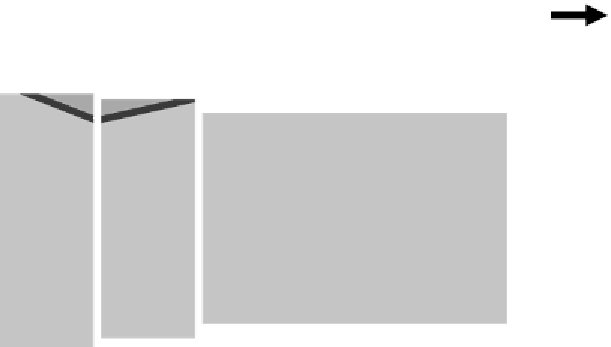Biomedical Engineering Reference
In-Depth Information
Select a
champion
Identify
and
qualify
the need
Develop
the
product
specification
Generate
potential
solutions
Undertake
detailed design
and formal evaluation
Finalize
and sign off
technical
file
Figure 3.10
Populated design model.
The next stage takes the PDS and expands this into ideas. We start thinking of solutions that
meet the requirements of the PDS. As a consequence we should populate the
design space
6
with numerous ideas, the more the better! Ideas generation techniques are covered later in the
topic.
Figure 3.10
illustrates that from the PDS several ideas emerge. We now need to reduce
the space to an ultimate, single champion: the one solution that, above all others, meets the
list of requirements stipulated in the PDS. You should be starting to realize how important the
product design specification is - it is the one document from which all else leads.
The funnel is converging. All of the expansion of ideas that was allowed and supported in
the early stages results in a healthy, robust, and vibrant selection process, one that enables
you to select the single idea that stands out amongst all of the others. This is why I prefer to
see it as a divergent-convergent model, as it suggests, nay forces, you to be creative, but in a
structured and robust way.
6
In the context of this topic the design space is deined as the total number of solutions that
all
fit your
specification. If you could draw a picture of your specification it would be a multidimensional “surface.”
Solutions that meet your specification would sit on this surface - other ideas would not and hence are not in
your design space.











































































































































































































































































































































































































Search WWH ::

Custom Search